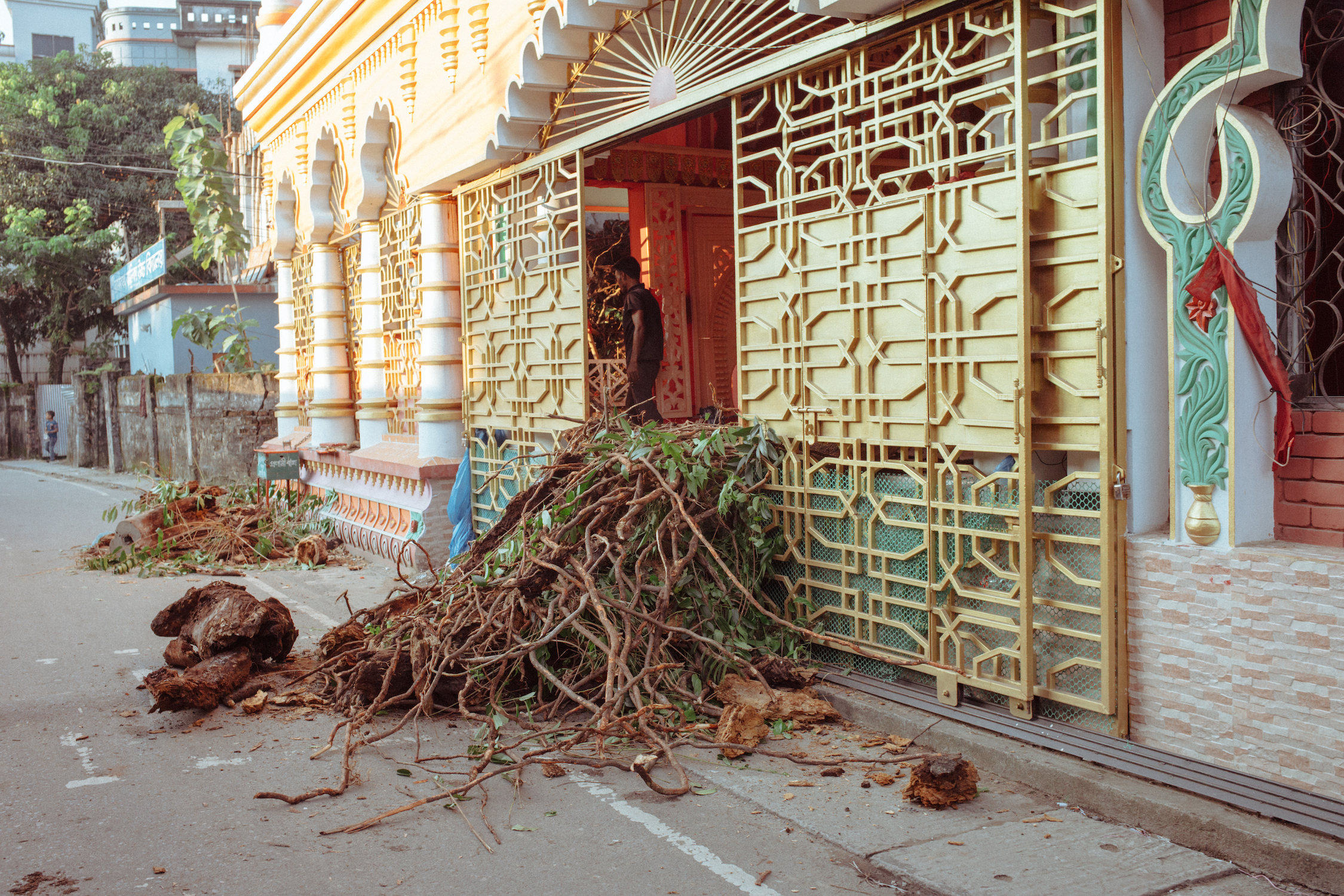All images from Lal- Mati (Red ground) © Adib Chowdhury
The story of the 13th-century Sufi saint led Adib Chowdhury around South Asia – and to the heart of today’s economic strife
Born in the UK to Bangladeshi parents, Adib Chowdhury studied political science at the London School of Economics and started working as a photographer in 2015, covering issues around armed conflict, human rights and environmental stories for organisations such as The Guardian, Agence France-Presse and Al Jazeera Plus.
From 2018, he was based in Lebanon and covering the Middle East. However, when Covid hit, he returned to the UK and found himself back in his childhood room, reflecting on his archive and the stories he was told in his youth. In particular, he thought of tales about Shah Jalal, a 13th-century Sufi saint who was handed a prophecy that made him a famous scholar, military leader and religious figure. This narrative had always been – and is in many cases for children of diaspora – a link to the motherland and, in the midst of lockdown, planted the idea to turn the legend into a photographic body of work.
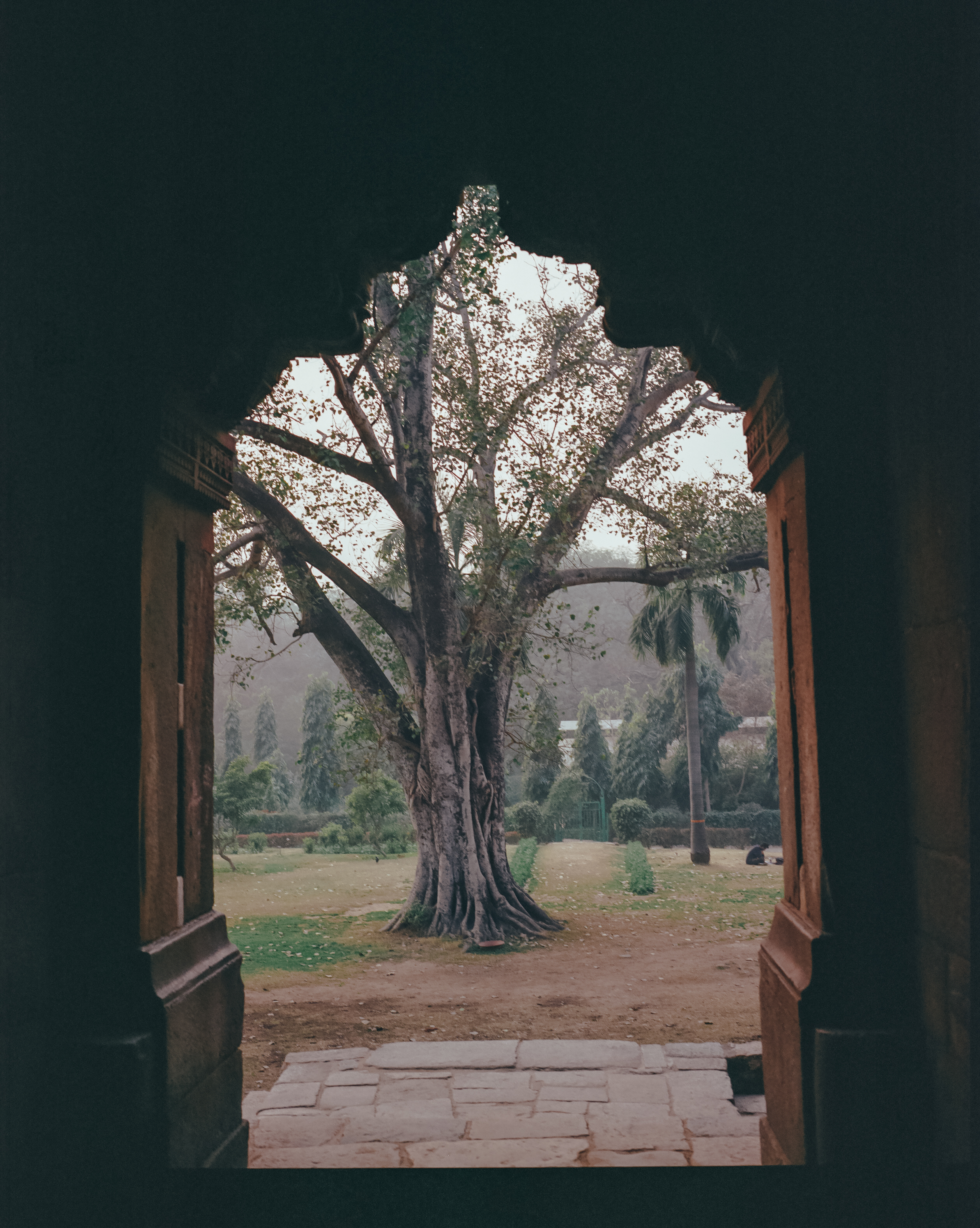
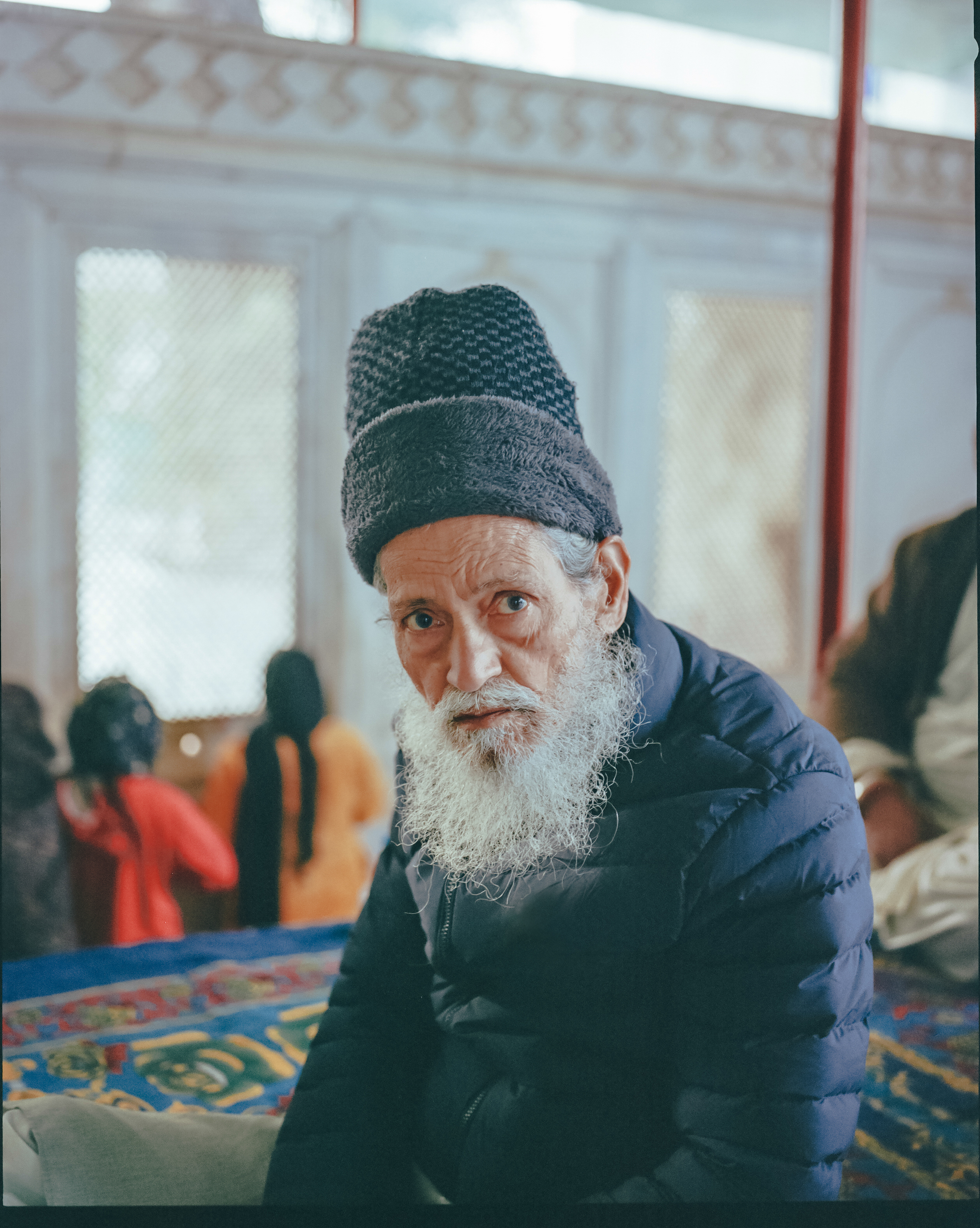
“After the Second World War there was a huge need for textile workers in Britain, and people from Sylhet had that expertise, as well as links to working with the British as seafarers”
Shah Jalal’s story is that of a high-class Sufi child, born either in modern-day Turkey or Yemen (there are conflicting historical records), who became a famous Sufi scholar at a young age. One day, his uncle handed him a glass vial and told him of the vision he had for him: to spread Islam until the colour of the soil in the vial matched that of the earth beneath his feet. Shah Jalal’s story then covers an epic, decade-long journey across the Middle East which ends in the Bangladeshi region of Sylhet, where Chowdhury’s parents are originally from. “You can’t visit Sylhet without someone mentioning Shah Jalal or his dargah [burial place and shrine],” Chowdhury explains. “It’s integral to the history and culture of the region.”
As Covid receded, Chowdhury went to visit the shrine and decided to trace Shah Jalal’s journey back through Bangladesh and India. Chowdhury made images as he travelled, loosely guided by the traditional stories, but also feeling his way. It was very different to photojournalism. “It was liberating,” he explains. “I’m used to working with an assignment in mind, within certain parameters and contexts, but this was so free-flowing. I wrote down some themes that appear in the story, such as ‘love’ or ‘exile’, and I mapped out certain locations, but aside from that, I wanted to turn up and see what unfolded. I thought, ‘Let’s just let the pieces fall into place – the story is so imbued with the culture that these symbols will surely surface’.
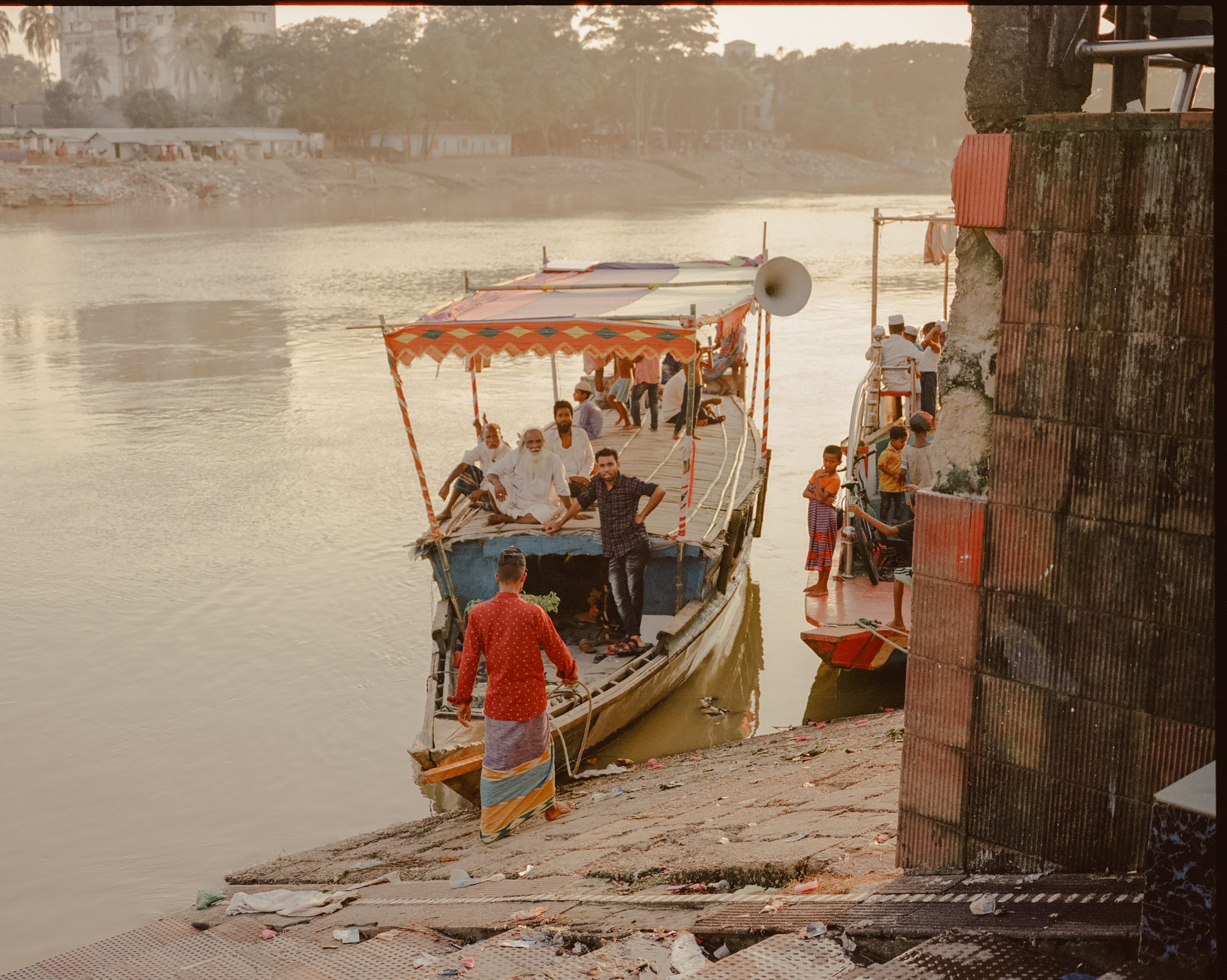
“I would sit there with my camera on my tripod and wait for certain scenes, or I’d be driving and suddenly see something perfect,” he adds. “It was my first project shooting on film, and I didn’t get anything developed along the way. I wanted it to be intuitive, using my natural curiosity to feel a scene. It felt meditative and slow, there was no sense of rush at all.”
Chowdhury named the series Lal Mati (Red Soil) and some of the images pick out this feature; others focus on the rivers and deltas that criss-cross Bangladesh. Some hone in on ravens, which are important characters in Shah Jalal’s story as they cause trouble and act as informers. One image shows an elderly man, who evoked for Chowdhury the old saint, while several simply pick up on a mood.
Chowdhury also freely mixed locations, pointing out that folklore does the same because Shah Jalal long predates the creation of modern-day Bangladesh, or even India. At a time of increasing nationalism within both countries, narratives such as this point to a time before the modern-day national entities existed, as well as Chowdhury’s own family history; his father has an old East Pakistan passport, he says, as at one time that was his country. Chowdhury adds that he is called ‘Bidesi’ in Sylhet, which means ‘foreigner’ and is often applied to those raised in Britain.
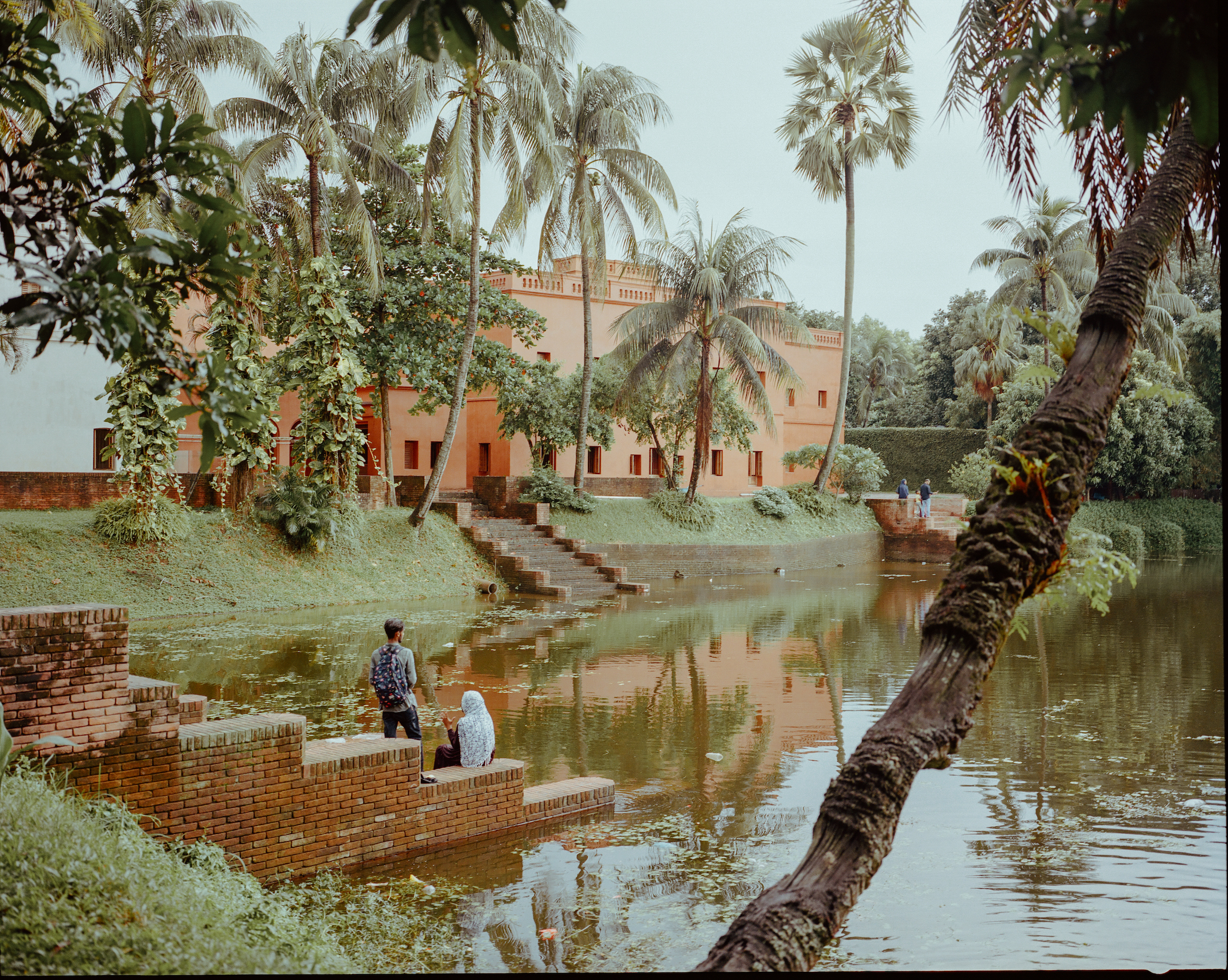
“The vast majority of the Bangladeshi community in the UK has origins in Sylhet,” he explains. “After the Second World War there was a huge need for textile workers in Britain, and people from Sylhet had that expertise, as well as links to working with the British as seafarers, and so viewed England as a place they had some connection to.”
This thought feeds into wider work Chowdhury is making about Bangladesh, investigating globalisation and how it has affected the country. “I’m looking at capitalism and how Bangladesh has been used like a factory, or a resource, where even the people themselves have become commodities,” he says, referring to an ongoing project on the lives of migrant workers in the Middle East. “Back in the late 1990s/early 2000s, everyone was talking about globalisation but now you don’t hear that word so much. Are we as Bangladeshis or the developing world better for it? Or is it just a form of neocolonialism? Who has it really benefitted?”

